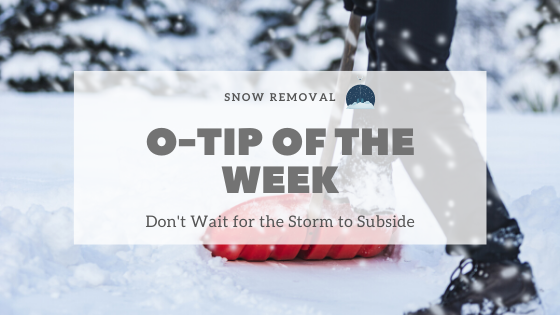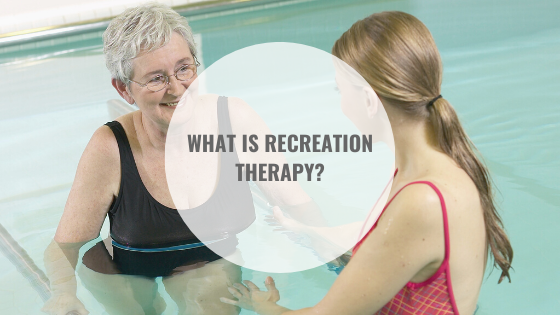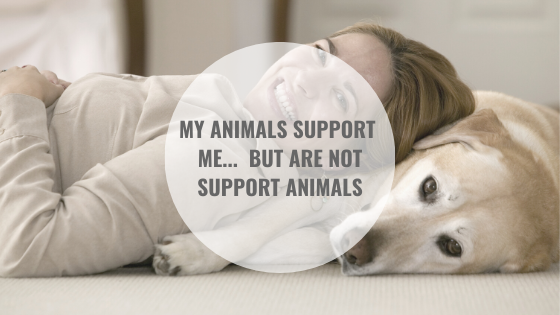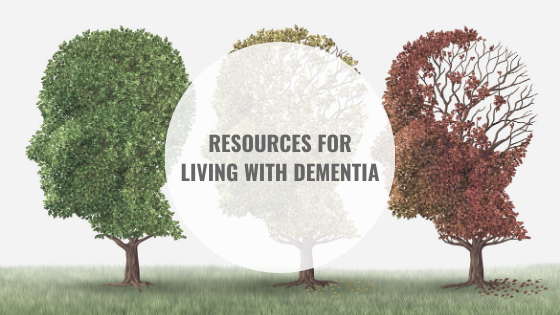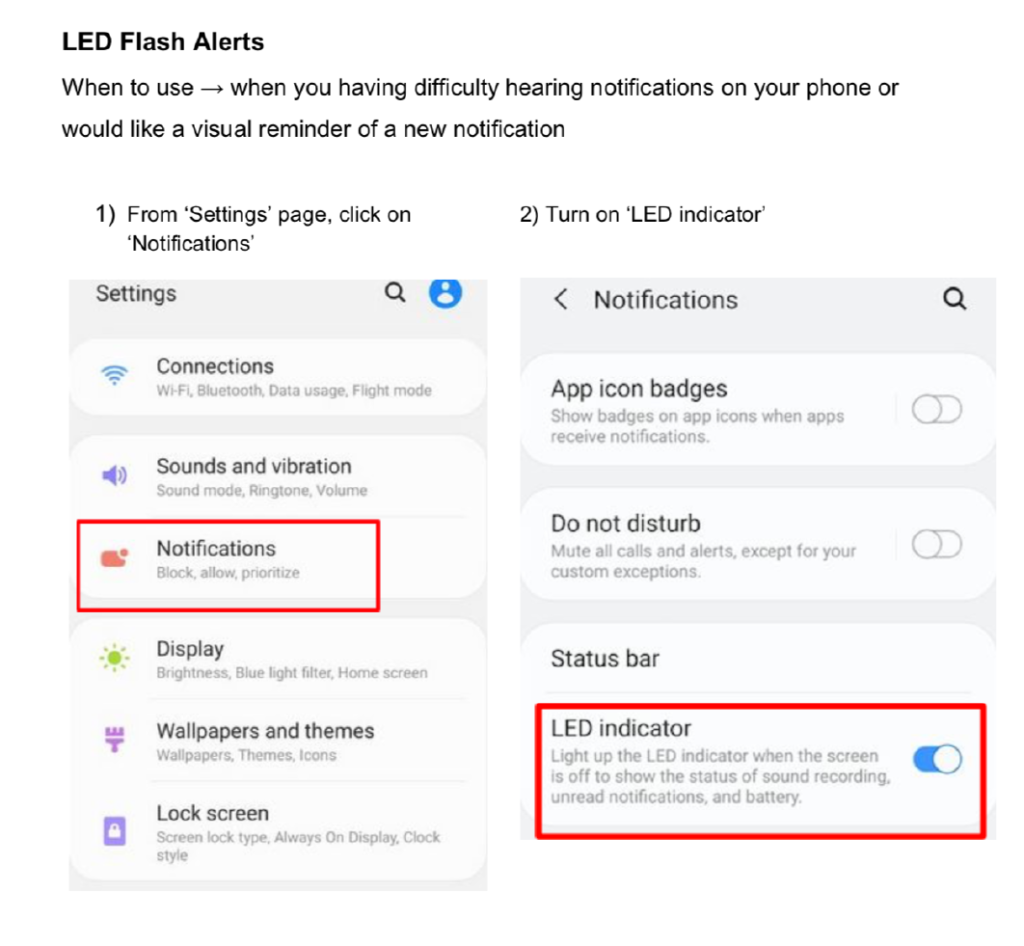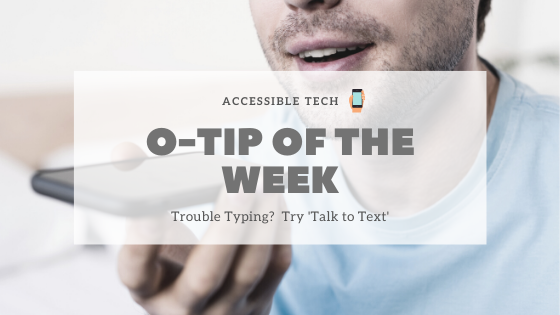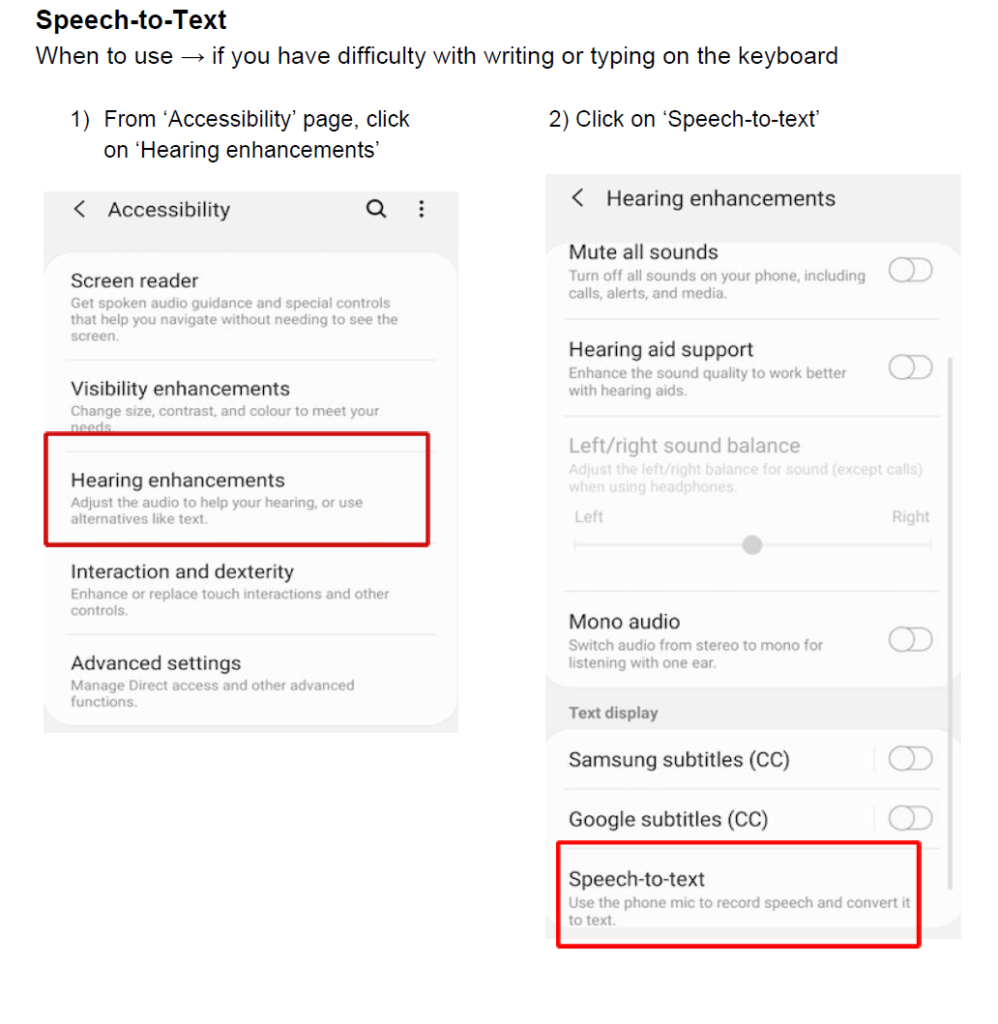Julie Entwistle, C.Dir. (c), MBA, BHSc (OT), BSc (Health / Gerontology)
Co-written by Lauren Halliwushka, Occupational Therapist
Unfortunately, in the ongoing quest for an inclusive and equal-opportunity society, “sex” still sells. What used to be in printed material (magazines, newspapers, and fliers) has turned into an online buffet of images that are posted by people of themselves (often filtered, patched and “enhanced”), by people of others (with and without consent), and by photographers, companies and others whose job is to capture the attention of, and entice millions of people, to buy a product, service or idea. The goal of these “sexy” images is to tap into our intrinsic human need and desire for sexuality by adhering to the societal expectations of what is attractive.
It has only been in the last few years that the concept of “attractive” is changing. Models are increasingly featured in many different shapes, sizes, ethnicities and some campaigns (thank you Dove) are about “natural” beauty. But despite this small move in the direction of selling with images of “various types of people” presented as “real”, there is one more similarity in advertising that we often overlook. The models are able-bodied, or to use a totally arbitrary term, they would be considered “normal”.
Why then do we rarely see individuals with disabilities featured in sexually enticing advertisements? It goes back to society’s assumptions of what beautiful and sexy is. Disabled people, through their history of being marginalized, institutionalized, segregated, or otherwise pitied have not been routinely associated with ‘attractive” as a concept. We need to work together to continue to change this perception and to remove the stigma.
Individuals with disabilities are sexual beings. Like you and me, they also have urges, desires, needs, and fantasies. However, a subset of the general population doesn’t think so. According to a systematic review of qualitative articles, a prominent misconception among a sample of the general public is that individuals with disabilities are asexual. Biologically this is odd because individuals with disabilities undergo the same maturation processes as everyone including puberty, reproduction and hormonal surges. Yes, approximately 1% of individuals are asexual but this is all people, not just those with disabilities. Another common misconception is that individuals with disabilities are only attracted to other individuals with disabilities. Inter-abled couples do exist, and relationships can form before or after a disabling event. Compared to inter-racial couples, however, inter-abled are not as common. Why? Well, it is thought that individuals with disabilities may be unconsciously internalizing the stigma and perspectives of society, which further negatively impacts their self-esteem, self-efficacy, motivation, and perceived sexual autonomy. This claim is supported by a qualitative study that gained the perspectives of individuals with disabilities on the topic of sexuality. A significant theme that emerged is the innate belief that their sexuality was not equal to or desired by individuals without disabilities. As such, they were reluctant to pursue inter-abled relationships due to fear of rejection, the partner resenting their disability and the possibility of the partner falling into a caregiver role.
In addition, stigma unknowingly creates various systemic barriers that further reinforce societal and self-stigma among individuals with disabilities, creating a negative counter-productive cycle. There is plenty of literature that highlights the ineffectiveness or inaccessibility of sexual education within secondary schools for individuals with both visible and invisible disabilities. Sexual education focuses on “normal” (that ugly word again) people. Hence, from a young age, we are setting up individuals with disabilities for failure by reinforcing self-stigma and neglecting to acknowledge their sexual being.
Regarding the healthcare system, a study suggests that only 6% of licensed health care professionals engage in frequent discussions about sexuality with patients/clients with half of them stating they avoid the topic due to embarrassment. Keep in mind, this statistic is regarding all individuals, disability or not, which is even more surprising given that sexuality is a crucial component of someone’s health and – more importantly – intrinsic to human nature. No wonder individuals with disabilities are adopting self-stigma if health care professionals shy away from this topic.
This is not about changing what you see as attractive. This is about challenging the opinion that individuals with disabilities are not capable of being sexy and can’t (or shouldn’t or don’t) engage in sexual behaviors. Not only are all people, disabled or not, able to engage in any and all sexual behaviors, but they also have wants, needs and desires like the rest of us. Healthcare professionals that shy away from, or avoid, this topic should consider discussing this aspect of health with patients/clients when appropriate by adopting a comfortable strategy (such as the ex-PLISSIT model).
If you have personally felt, or still feel, the self-stigma surrounding sexuality, please discuss it with a trusted family member, friend or healthcare professional. Specifically, Occupational Therapists are trained to be open about this concept and to problem solve the barriers to sexuality and engagement in sexual activity as a very important “occupation (aka life role)” for all of us.
If you are interested in reading more, I recommend The Ultimate Guide to Sex and Disability by Dr. Miriam Kaufman.
Remember: Disability is extremely broad and can impact people in multiple ways. As with all people, consent is always required when engaging in any sexual activity.
References:
1 Sinclair, J., Unruh, D., Lindstrom, L., & Scanlon, D. (2015). Barriers to Sexuality for Individuals with Intellectual and Developmental Disabilities: A Literature Review. Education and Training in Autism and Developmental Disabilities, 50(1), 3-16. Retrieved June 18, 2018.
2Miller, A. M. (2015, May 4). Asexuality: The Invisible Orientation? Retrieved from https://health.usnews.com/health-news/health-wellness/articles/2015/05/04/asexuality-the-invisible-orientation
3Esmail, S., Darry, K., Walter, A., & Knupp, H. (2010). Attitudes and perceptions towards disability and sexuality. Disability and Rehabilitation, 32(14), 1148-1155. doi:10.3109/09638280903419277
4McDaniels, B., & Fleming, A. (2016). Sexuality Education and Intellectual Disability: Time to Address the Challenge. Sexuality and Disability, 34(2), 215-225. doi:10.1007/s11195-016-9427-y
5Jones, L., Bellis, M., Wood, S., Hughes, K., McCoy, E., Eckley, L., . . . Officer, A. (2012). Prevalence and risk of violence against children with disabilities: A systematic review and meta-analysis of observational studies. The Lancet, 380, 899-907. doi:10.1016/S0140-6736(12)60692-8.
6Dukes, E., & McGuire, B. E. (2009). Enhancing capacity to make sexuality-related decisions in people with an intellectual disability. Journal of Intellectual Disability Research, 53(8), 727-734. doi:10.1111/j.1365-2788.2009.01186.x
7Haboubi, N. ,. J., & Lincoln, N. (2003). Views of health professionals on discussing sexual issues with patients. Disability and rehabilitation, 25(6), 291-296
8 Taylor, B., & Davis, S. (2006). Using the Extended PLISSIT model to address sexual healthcare needs. Nursing Standard, 21(11), 35-40. doi:10.7748/ns2006.11.21.11.35.c6382

